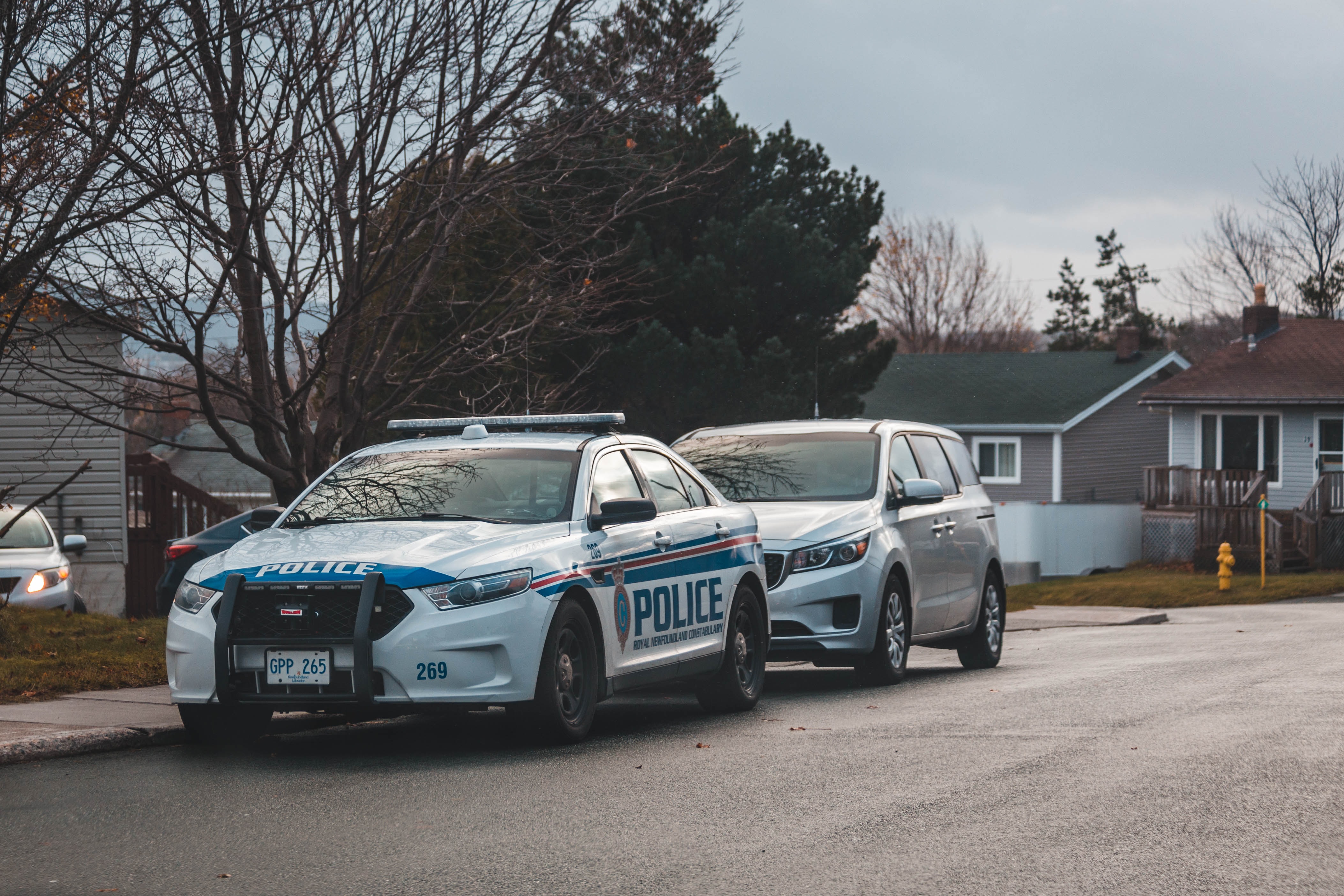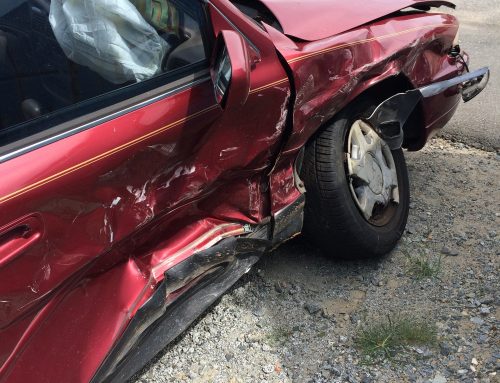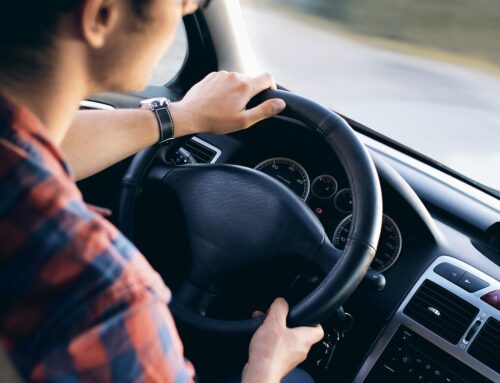One of the checklist items that we recommend you take care of after a car accident is to get your hands on the police report. This document is useful in helping us to determine the details of what actually happened, especially as immediately following an accident those involved can be confused and forgetful. However, this is not a perfect document. In fact, people are often surprised when they read the police report to see that the facts which were reported were false – at least according to their recollection.

Florida Statute 316.066 : Except as specified in this subsection, each crash report made by a person involved in a crash and any statement made by such person to a law enforcement officer for the purpose of completing a crash report required by this section shall be without prejudice to the individual so reporting. Such report or statement may not be used as evidence in any trial, civil or criminal. However, subject to the applicable rules of evidence, a law enforcement officer at a criminal trial may testify as to any statement made to the officer by the person involved in the crash if that person’s privilege against self-incrimination is not violated. The results of breath, urine, and blood tests administered as provided in s. 316.1932 or s. 316.1933 are not confidential and are admissible into evidence in accordance with the provisions of s. 316.1934(2).
Basically, this statute states that a police report from a traffic accident will not be used as evidence at a civil jury trial. What is in the accident report is not admissible as evidence in a jury trial. Statements made to the responding officer at or near the scene of the accident is considered “privileged information”, which means it may not be used against the person at the scene who made the statement. It is important to note that the results of breath, urine and blood tests are admissble as evidence.
Information Collected on a Police Report
At an active accident scene, the investigating officer may inspect the vehicles involved, talk to various people who may have witnessed the accident, measuring distances, writing notes, and taking photos. The police report is a short summary of the police officer’s observations and investigation of the accident. The police report will often contain:
- date, time, and location of the crash
- contact information for individuals involved in the car accident, including names, addresses, phone numbers, and insurance policy information
- contact information for witnesses
- identification and documentation of any damage to the vehicles involved in the accident
- relevant weather, roadway, and lighting conditions at the time of the accident
- drawing or diagram of the accident
- statements from both involved parties and witnesses to the accident
- documentation of any citations and/or violations of law
- professional opinion as to cause of the accident and/or fault determination
It is important to point out that you may have a case even if the responding officer issued you a ticket, citation, or found you at fault. Although most police officers act in good faith, they did not witness the accident themselves; therefore may not have the information they need to assign fault at that time. Accident reconstruction experts who have professional experience in this area can be hired to recreate the accident scene and help to clear you of fault.
It is critical to speak with a car accident attorney as soon as possible after the incident. You can relate the details of the accident, as well as have help in collecting evidence such as witness contact information or photos which may help your case. Call the team at Probinsky & Cole today for any help you may need.







